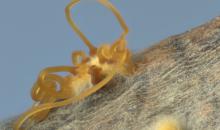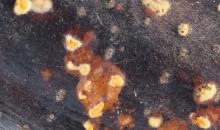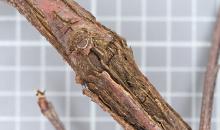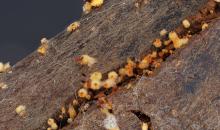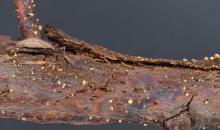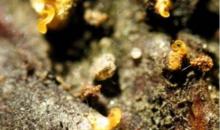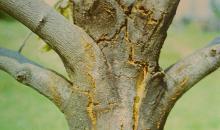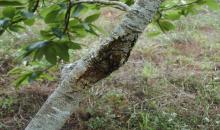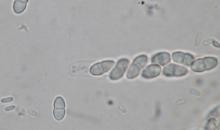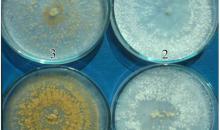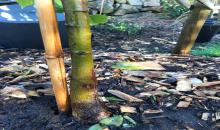Cryphonectria parasitica(ENDOPA)
Photos
For publication in journals, books or magazines, permission should be obtained from the original photographers with a copy to EPPO.
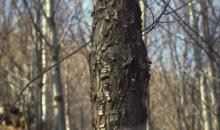
Passive (healed) chestnut blight canker associated with hypovirulence of C. parasitica
Courtesy: Daniel Rigling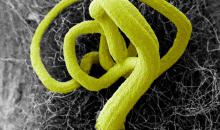
Scanning electron micrograph showing pycnidial ooze of Cryphonectria parasitica
Courtesy: Paul Beales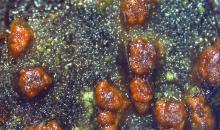
Mature fruiting bodies
Courtesy: Souhila Aouali, Forest Protection Division, Forest Research Institute, Algeria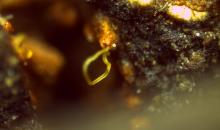
Oozing conidiomata
Courtesy: Souhila Aouali, Forest Protection Division, Forest Research Institute, Algeria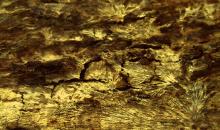
Mycelial fans
Courtesy: Souhila Aouali, Forest Protection Division, Forest Research Institute, Algeria
Cross section of conidiomata
Courtesy: Souhila Aouali, Forest Protection Division, Forest Research Institute, Algeria
Fruiting bodies of C. parasitica emerging from under the bark
Courtesy: Souhila Aouali, Forest Protection Division, Forest Research Institute, Algeria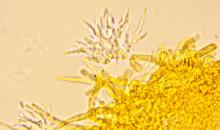
Conidiogenous cells
Courtesy: Souhila Aouali, Forest Protection Division, Forest Research Institute, Algeria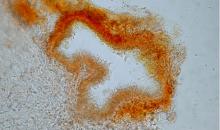
Pycnidium from culture, inner wall is covered with conidiogenous cells (bar = 50 ìm)
Courtesy: SFI, Ljubljana (SI)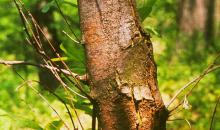
Characteristic mycelial fan of C. parasitica in the inner bark of a chestnut tree
Courtesy: Ministry of Agriculture (HU)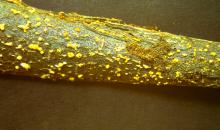
Long, orange-yellow tendrils of C. parasitica pycnidiospores exuding from pycnidia on chestnut tree bark
Courtesy: Ministry of Agriculture (HU)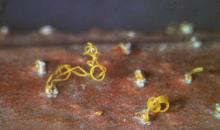
Orange-yellow pycnidia of C. parasitica on chestnut tree bark
Courtesy: Ministry of Agriculture (HU)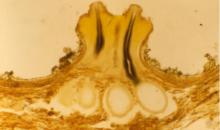
Perithecia in a stroma, necks and ostioles in papillate protuberances of the stroma (bar = 500 ìm)
Courtesy: SFI, Ljubljana (SI)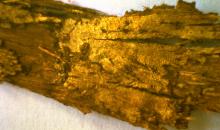
Sunken area on bark of a young chestnut tree. Note adventitious shoots arising below the dead patch
Courtesy: Ministry of Agriculture (HU)
